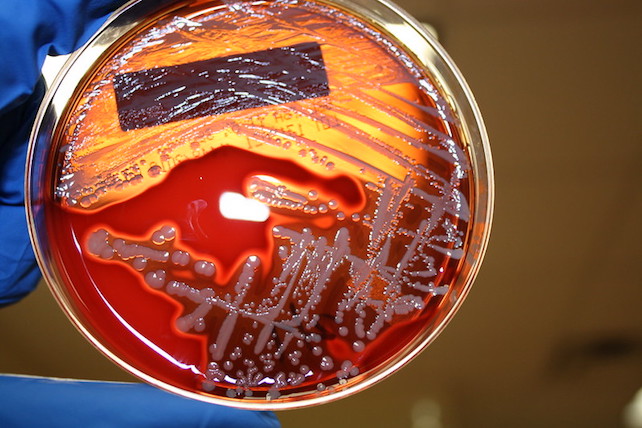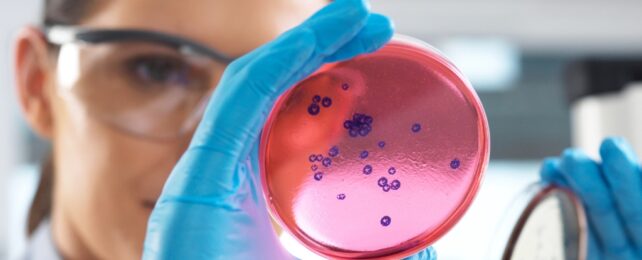It's easy to think of bacteria as one of the greatest scourges on Earth for the diseases and deaths they cause, and how they repeatedly thwart our best antibiotics, evolving into drug-resistant superbugs.
But really, bacteria are just doing what they've always done – finding new ways to survive.
While the search for new antibiotics continues, combination therapies are increasingly being tested to try to clamp down on multiple bacterial escape pathways at once, and limit the chances of microbes developing resistance with successive biological hacks.
Just how effective those multi-pronged attacks will be in the fight against antibacterial resistance, which one study found to be the third leading cause of death globally in 2019, remains quite speculative – but still a vital strategy to ensure we're not seeding further antibiotic resistance with the drugs we use.
Now, a team of scientists from the US and China has calculated that a new class of dual-action antibiotics could make it 100 million times more difficult for bacteria to evolve resistance.
Called macrolones, these synthetic compounds are derived from older antibiotics, first discovered in the 1950s, that bacteria became rapidly resistant to after widespread use.

After decades of drug development, of researchers tinkering with chemical structures, a breakthrough came in 2010 when macrolones were developed by adding a quinolone side chain to the macrolide central ring to improve their potency.
These new compounds became known for their "outstanding antibacterial profile" and ability to kill even drug-resistant bacterial strains – but no one knew what molecular features gave macrolones their superior properties.
To find out, biological scientist Elena Aleksandrov of the University of Illinois Chicago (UIC) and colleagues synthesized three new macrolones and analyzed their molecular structures to figure out how they block key bacterial cell functions.
They discovered these macrolones kill bacteria in two ways: by interfering with a bacteria-specific enzyme that uncoils and folds DNA during replication, or by inhibiting the cell's protein production factories, the ribosome – or both.
"The beauty of this antibiotic is that it kills through two different targets in bacteria," explains Alexander Mankin, UIC pharmaceutical scientist and senior author of the new study.
"If the antibiotic hits both targets at the same concentration, then the bacteria lose their ability to become resistant via acquisition of random mutations in any of the two targets."
What's more, the macrolones wiped out lab-grown bacteria without activating any known resistance genes and showed "dramatically improved activity" against well-known drug-resistant superbugs including Streptococcus pneumoniae.
"By basically hitting two targets at the same concentration, the advantage is that you make it almost impossible for the bacteria to easily come up with a simple genetic defense," structural biologist Yury Polikanov from UIC says.
But there's still work to be done to fortify the defenses that these new dual-action antibiotics offer against deadly and nimble bacterial strains.
Resistance may be 'nearly impossible' based on the researchers' estimates, but we shouldn't underestimate the genetic tricks bacteria might pull out of their bag to bust these new antibiotics.
"The main outcome from all of this work is the understanding of how we need to go forward," says Mankin. "And the understanding that we're giving to chemists is that you need to optimize these macrolones to hit both targets."
The study has been published in Nature Chemical Biology.
